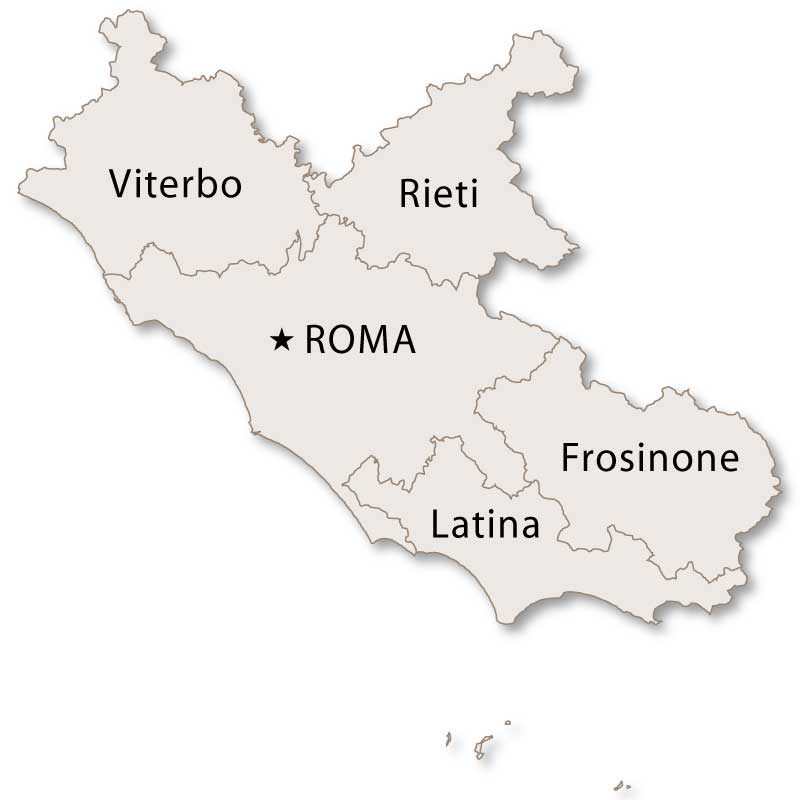
Perched dramatically atop a crumbling tuff cliff in central Italy lies Civita di Bagnoregio, a tiny medieval village often described as one of the most beautiful in the country.
This awe-inspiring town, located in the Lazio region between Rome and Orvieto, seems frozen in time and floats above the valley like a mirage of stone and ivy.
Civita is nicknamed "La città che muore", meaning "the dying town", a reference to its precarious geological position on constantly eroding volcanic rock.
Despite its fragile state, this surreal village is increasingly becoming a must-see destination for travelers seeking authentic Italian charm and dramatic scenery.
Founded by the Etruscans over 2,500 years ago, Civita was originally a prosperous town positioned on a trade route between the Tiber River and the Apennines.
Its location gave it military and commercial significance, and many ancient features such as Etruscan tombs and passageways can still be seen today.
However, centuries of landslides, earthquakes, and erosion have separated Civita from surrounding settlements and gradually worn down the very earth it stands on.
By the 17th century, most of the population had relocated to the nearby town of Bagnoregio, leaving Civita increasingly deserted and isolated.
Today, Civita is only reachable by a narrow pedestrian bridge that stretches across a deep ravine, giving visitors the impression of walking into another world.
This footbridge is the lifeline of the village, connecting the ancient hilltop to modernity while enhancing its otherworldly atmosphere and appeal.
No cars or large vehicles can reach the town, and visitors must arrive on foot, which adds to the sense of timelessness and tranquility within its walls.
The effort is well rewarded, as Civita offers spectacular views over the Valle dei Calanchi and an architectural harmony untouched by urban sprawl.
Wandering through Civita’s cobbled lanes is like stepping back in time, with every building, archway, and corner holding centuries of stories and craftsmanship.
The town's stone houses with flower-filled balconies, graceful arches, and narrow alleyways paint a perfect picture of traditional Italian rural life.
Highlights include the Church of San Donato on the central square, a Romanesque-Gothic structure dating from the 7th century with a stunning Renaissance interior.
Visitors will also find a charming selection of artisan shops, small museums, and rustic trattorias serving authentic local cuisine within ancient stone walls.
The very forces that shaped Civita are now threatening to destroy it, as erosion from wind and rain continues to chip away at the plateau it rests on.
To protect the town, ongoing conservation efforts have been implemented, including reinforcing the rock base and regulating tourist numbers to preserve the fragile site.
Authorities from the Lazio region and private foundations have collaborated to fund restoration projects and infrastructure improvements to slow the decay.
Tourism now plays a key role in Civita’s survival, as entrance fees and visitor contributions support essential maintenance and awareness campaigns.
Although once nearly abandoned, Civita di Bagnoregio has experienced a renaissance thanks to its unique aesthetic and rising profile among travelers and filmmakers.
The village has appeared in documentaries, magazines, and photo essays across the world, attracting artists, writers, and photographers drawn to its haunting beauty.
Its fame grew internationally after being featured by Rick Steves, National Geographic, and various travel influencers who praised its storybook charm and peaceful rhythm.
Today, Civita receives hundreds of thousands of visitors each year and is increasingly recognized as one of Italy’s most magical hidden destinations.
Throughout the year, Civita hosts a number of events that celebrate local culture, such as summer art festivals, food tastings, and historic reenactments in the main piazza.
One of the most anticipated is the medieval festival in August, which features musicians, artisans, and parades that bring the town’s ancient roots to life.
During Christmas, the narrow streets are transformed into a living nativity scene, with townspeople reenacting biblical scenes in candle-lit alleyways and doorways.
Each event offers a rare opportunity to engage with the village’s living traditions while surrounded by breathtaking scenery and historical ambiance.
Located in the province of Viterbo in northern Lazio, Civita can be reached most conveniently by car from either Rome or Florence, both about two hours away.
The nearest major train stations are in Orvieto and Viterbo, from where local buses or taxis can take travelers to the parking area outside the pedestrian bridge.
Since only foot traffic is allowed across the bridge, visitors are advised to wear comfortable shoes and prepare for a short uphill walk into the village.
There is a modest entrance fee to help fund the preservation of Civita, and amenities like restrooms, cafes, and visitor information are available near the bridge’s entrance.
Civita di Bagnoregio is not just a beautiful place to visit, it is a testament to Italy’s enduring heritage and the human struggle against time and nature.
Its fragile cliffside setting, medieval charm, and haunting silence offer a deeper, more intimate Italian experience far from crowded cities and popular tourist routes.
Whether you're a photographer, a history buff, or simply someone in search of a soul-stirring destination, Civita delivers beauty, emotion, and authenticity in every step.
This vanishing village in the heart of Lazio invites you to witness its survival story while there's still time to walk its ancient streets and breathe in its timeless air.

More Details



